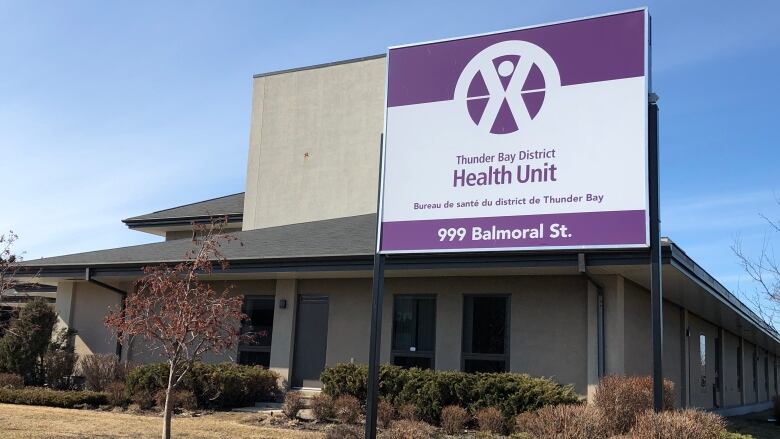Thunder Bay District Health Unit pandemic plan

A pandemic plan written in 2009 for the Thunder Bay District Health Unit has eerily played out to today's current reality during the COVID-19 pandemic.
The goal of the agency, the document said, was to mitigate deaths and serious illnesses during any pandemic and, "minimize societal disruption in Thunder Bay and surrounding area as a result of an influenza pandemic"
This particular plan was written for an influenza outbreak, in the city, district and worldwide.
The plan has a range of scenarios, assuming between 15 and 35 per cent of the population would become infected with a flu virus. That range of figures means anywhere from 68 to 158 deaths would occur, between 291 and 680 cases would require hospitalization, and 12,704 to 29,642 outpatient visits would be needed at the Thunder Bay hospital.
"Influenza outbreaks in long-term care facilities are considered the most reliableindicator of influenza activity in the community," the report stated, noting the health unit would start its work by monitoring for the virus, going through contact tracing, and determine which sectors of the population would need additional help.
The health unit's goal during the actual pandemic itself is to reduce pressure on front line health care services.
Vaccine availability
Once a vaccine is made available, which could be between four and six months after the initial pandemic phase, the health unit would also prioritize who would get a vaccine.
Front-line and healthcare workers, along with those who could actually administer the vaccine would be prioritized. The plan states that security may be needed
The plan noted in a mild to moderate scenario, most health care services would be maintained, but in a moderate to severe outbreak, health care providers would be overwhelmed, and alternate types of services would need to be provided.
The health unit plan also stated, similar to the plan of the Thunder Bay Regional Health Sciences Centre, that assessment centres for the pandemic would be created at the 55 Plus Centre on River Street, along with the West Thunder and Current River Community Centres.
Supporting staff in long-term care facilities would have to become a priority, the health unit stated, as those facilities would be some of the most likely to be impacted.
It said staff shortages would also be an issue, and cross-training would be required so employees could fill a number of different jobs.
Reducing community transmission
The plan lists six steps that would be taken to reduce transmission of the virus:
- Public Education
- Travel Restrictions
- Case Management
- Contact Management
- School and Daycare Based infection control procedures and Social Distancing Measures
- Social Distancing in the Community
The plan also states that case contacting is labour intensive, and, if caseloads become high, would probably only be possible during the early phases of the pandemic.
"The main purpose will be to confirm the presence of thepandemic strain in our area.Depending on the route of transmission, it may meanisolating in a hospital room or at home, and may include the use of protectiveclothing or equipment and the special handling of body fluids."
Quarantine would be the most impactful way of stopping virus transmission, the report noted, and then social distancing, the term used in the report, would become the norm.
"This could also helpreduce societal disruption and potentially buy time for vaccine manufacture andadministration, thus mitigating the effects of the pandemic in the community as awhole."
Social distancing would include working from home, avoiding contact with others including handshakes and hugging.
The public would also be advised to keep six to eight weeks of groceries and cleaning supplies on hand, it said.












_(720p).jpg)


 OFFICIAL HD MUSIC VIDEO.jpg)
.jpg)



























































































